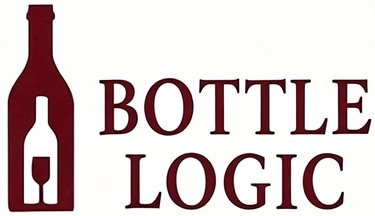Cellar Construction
Location
Cellars ideally should be located away from direct light, sources of heat and sources of vibrations (e.g., mechanical equipment); basements are ideal due to relatively stable temperatures and natural floor insulation.
When considering a cellar location, be sure to plan for potential ventilation of the cooling unit (through wall units).


Construction
Framing lumber should be wide enough to allow for strong insulation (R-19 for walls; R-30 for ceiling). Consider pressure-treated lumber for moisture durability.
Walls and ceiling should include a vapor barrier (plastic sheeting, foam, or closed-cell spray insulation).
Consider using water-resistant drywall ("green board") to protect against mold growth
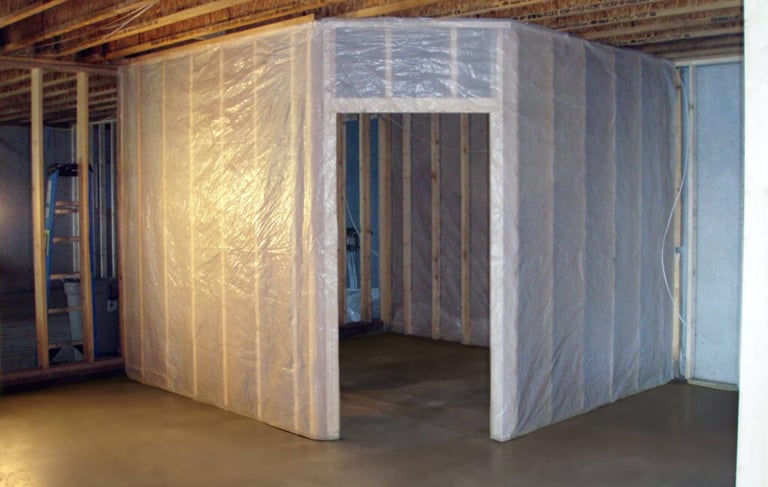

Racking
Much more fun to think about, wine racking should take into account your current inventory and future cellar expansion plans.
Magnums, wood case displays, single bottle displays, corners, bulk storage - many goals should be evaluated to make your ideal cellar come to life.
Material selection is also a key aesthetic as well as performance criterion. Harder woods, such as Redwood and Mahogany, are ideal, while more aromatic cedar should be avoided as the strong aromas can infiltrate corks if you plan on long-term storage. Pine is a great choice as a more budget-friendly option.
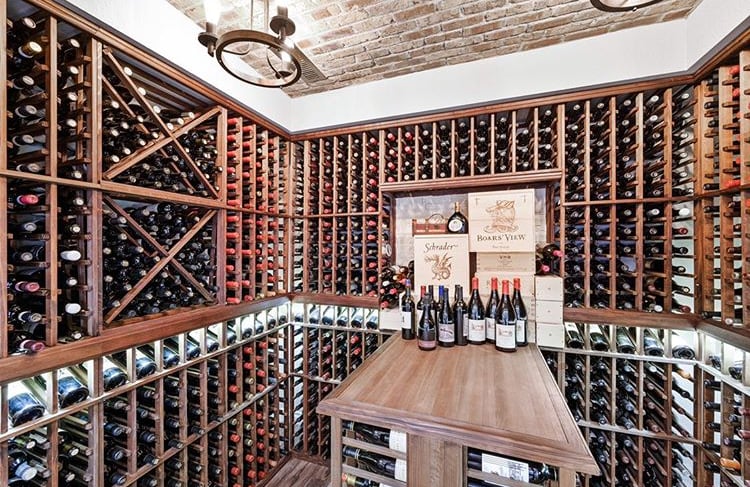

Temperature and Humidity
Temperature and humidity consistency are keys to successful wine storage and maturity. Keeping wine at a consistent temperature (ideally 52-58 degrees) and humidity (50-70% relative humidity) maintains cork conditioning and wine stability.
Wine units can support either temperature only or temperature and humidity control. Cellar location and need for long-term storage may dictate your direction: basements help support natural humidity while mid-floor cellars may need additional humidity support.
Your cellar construction size is the other major consideration to unit selection; don't under-size your cooling unit to mitigate risk of unit failure.
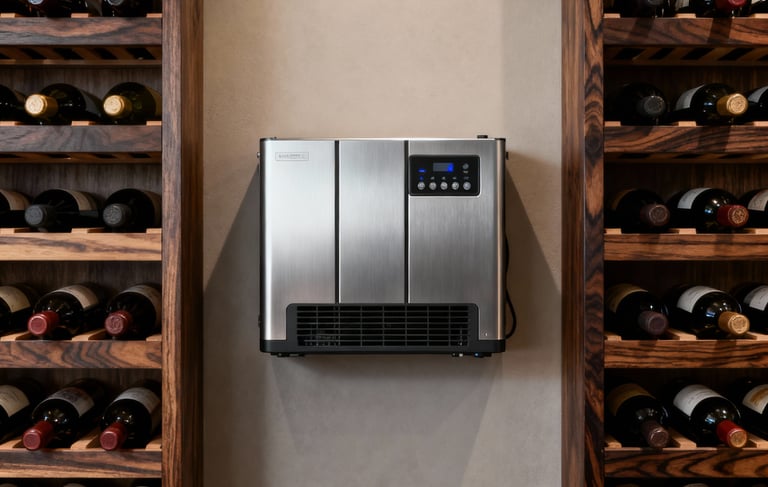

Other Considerations
Stone, metal and alternative wood accents can create beautiful displays for you wine and for additional bottles, such as whiskeys.
Consider LED lighting, which does not generate heat, as direct focus of harsh light can damage your wine.
Don't forget to include a sealed door to your cellar, both to consider climate loss (tight seal) and security (locks).
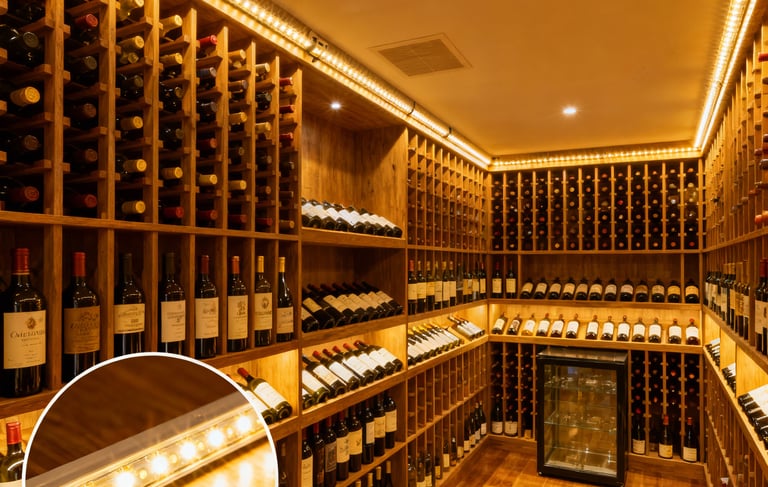

Contact
info@bottlelogicgr.com
616-389-0342
© 2025. All rights reserved.
Grand Rapids, Michigan
